6 Blue-Chip Stocks On Sale
In this crazy market, many high-quality companies are selling at relatively cheap prices. Our favorite: Microsoft.
Despite many troubling developments around the world, the U.S. stock market has marched merrily upward. From late August through December 9, Standard & Poor’s 500-stock index advanced 18.5%. Yet interest rates have risen materially, notwithstanding the Federal Reserve’s latest round of monetary-policy easing. Since early October, yields on ten-year Treasuries have jumped 34%, to 3.2%. Higher interest rates raise the cost of borrowing, making fixed-income investments more competitive with stocks and usually slowing economic growth.
There’s more. The U.S. unemployment rate has climbed to 9.8%. The housing market has worsened, with sales slowing and prices weakening. The European debt crisis has reappeared, requiring a bailout of Ireland and raising new concerns Spain, Italy and Belgium. Last but not least, North Korean military forces shelled South Korea, the world’s 15th-largest economy, raising tensions in one of the world’s most-volatile areas.
Two Explanations
Had you told us that all of these things would occur in recent months, we would have confidently predicted lower stock prices. So what explains the market’s glad tidings? We believe there are two answers: fundamentals and froth.
From just $107.88 $24.99 for Kiplinger Personal Finance
Become a smarter, better informed investor. Subscribe from just $107.88 $24.99, plus get up to 4 Special Issues

Sign up for Kiplinger’s Free Newsletters
Profit and prosper with the best of expert advice on investing, taxes, retirement, personal finance and more - straight to your e-mail.
Profit and prosper with the best of expert advice - straight to your e-mail.
Although unemployment remains a vexing problem, corporate earnings have been strong and the overall economy is showing some signs of life. That said, the data remains mixed and we still think the most likely scenario is that the economy will muddle through for several years, with growth at a weak annual rate of 1% to 2%, a stubbornly high unemployment rate of 7% to 9%, and continued high government deficits. Based on historical precedent, the stock market under this scenario would likely return no better than 2% to 5% annually.
We believe that leaves froth as the biggest driver of the market’s recent surge. By froth, we mean a burst of unfounded optimism triggered by a don’t-fight-the-Fed mentality and a frenzied enthusiasm for companies showing high growth, whose stocks have soared irrespective of valuation.
Our advice: Don’t be enticed into a sucker’s game of chasing the hottest stocks, and instead invest in high-quality, blue-chip companies with global businesses, powerful brands and market positions, strong cash flows, rock-solid balance sheets and healthy dividends. Normally, you have to pay a rich price for such high-quality businesses, but today quality is on sale. We can’t explain why, but are happy to take advantage of it.
As of early December, six of our nine largest positions -- all of which we’ve written about in previous columns -- fall into this category: Anheuser-Busch InBev (BUD, $57.20), Automatic Data Processing (ADP, $46.53), Berkshire Hathaway (BRK.B, $80.49), BP (BP, $42.79), Kraft Foods (KFT, $31.09) and Microsoft (MSFT, $27.08).
If we were to choose one favorite today, it would be Microsoft. The consensus among most investors is that Microsoft is a lumbering dinosaur, which like newspapers, check printers and paging companies before it, is on the wrong side of technological advances that will relegate it to the dustbin of history. The problem with this view is that there is no evidence for it. Microsoft’s market share in its various businesses is stable or rising. Driven by strong results in each of its key businesses -- the Windows operating system, Office software and the server and tools division -- revenues in the quarter that ended September 30 were up 13% from the year-earlier period, while earnings per share rose 19% (adjusted for the deferral of Windows 7 revenues in the September 2009 quarter).
At its current price, Microsoft shares -- after deducting the $3.85 in net cash on the company’s balance sheet -- are available at a net cost of about $27.08. At that price, the stock trades at just 12 times the previous 12 months’ earnings of $2.32 per share. This for a dominant company with prospective percentage earnings growth in the mid teens, 31% net profit margins and one of the strongest balance sheets in the world. In a stock market that is exhibiting signs of irrational exuberance, Microsoft’s shares are insanely cheap.
Profit and prosper with the best of Kiplinger's advice on investing, taxes, retirement, personal finance and much more. Delivered daily. Enter your email in the box and click Sign Me Up.

-
 Forget FIRE: Why ‘FILE’ Is the Smarter Move for Child-Free DINKs
Forget FIRE: Why ‘FILE’ Is the Smarter Move for Child-Free DINKsHow shifting from "Retiring Early" to "Living Early" allows child-free adults to enjoy their wealth while they’re still young enough to use it.
-
 7 Tax Blunders to Avoid in Your First Year of Retirement
7 Tax Blunders to Avoid in Your First Year of RetirementA business-as-usual approach to taxes in the first year of retirement can lead to silly trip-ups that erode your nest egg. Here are seven common goofs to avoid.
-
 How to Plan for Social Security in 2026's Changing Landscape
How to Plan for Social Security in 2026's Changing LandscapeNot understanding how the upcoming changes in 2026 might affect you could put your financial security in retirement at risk. This is what you need to know.
-
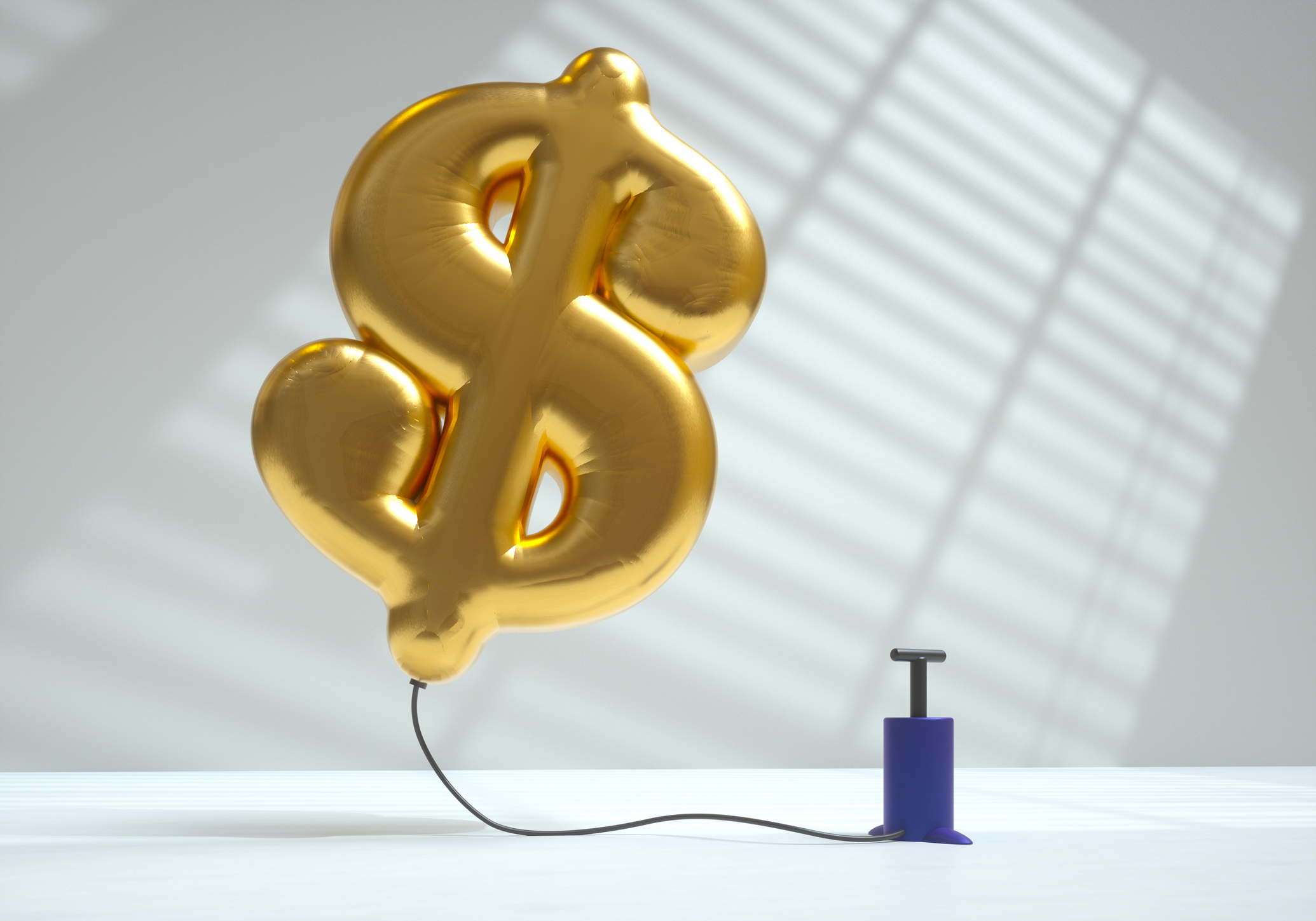 The November CPI Report Is Out. Here's What It Means for Rising Prices
The November CPI Report Is Out. Here's What It Means for Rising PricesThe November CPI report came in lighter than expected, but the delayed data give an incomplete picture of inflation, say economists.
-
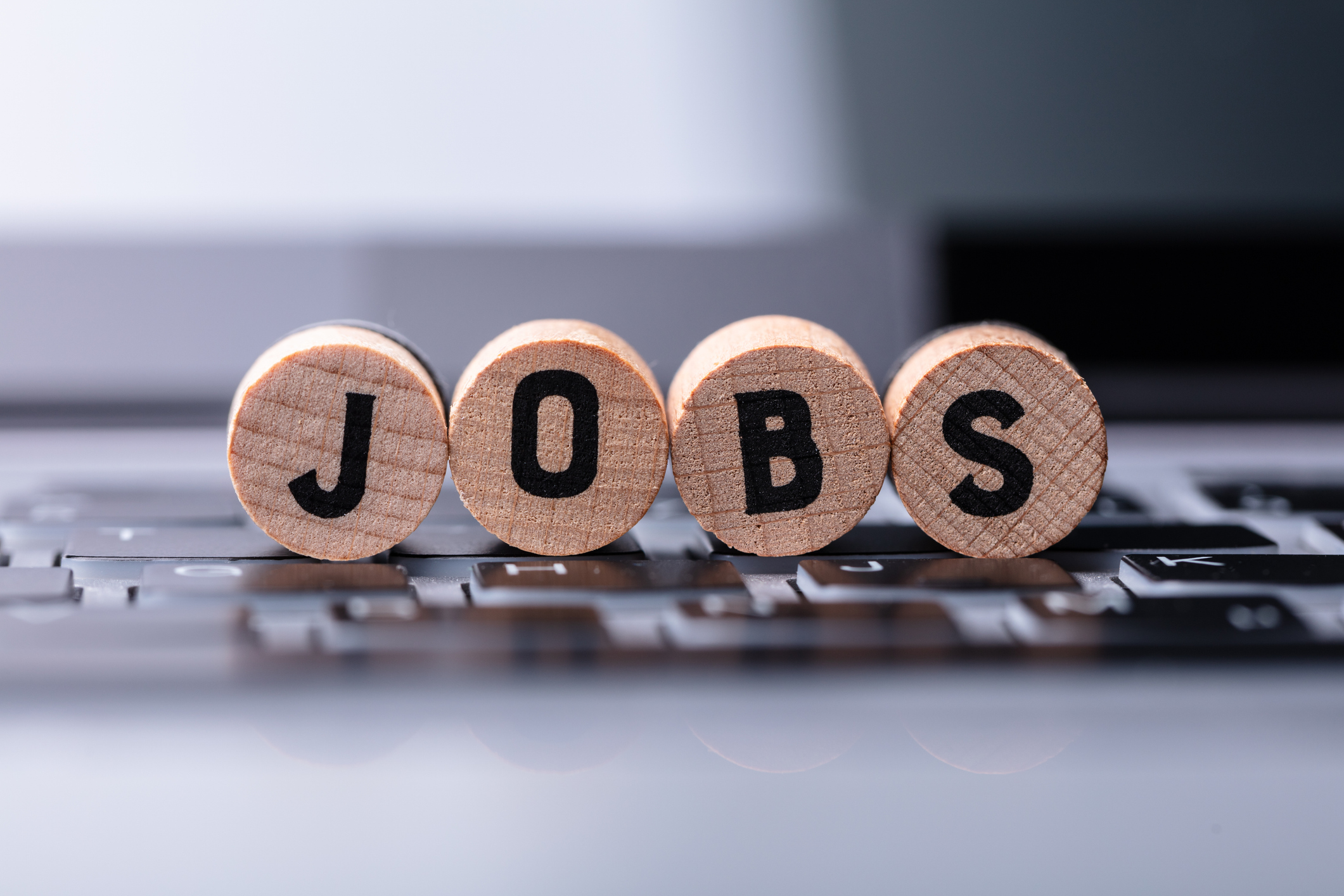 The Delayed November Jobs Report Is Out. Here's What It Means for the Fed and Rate Cuts
The Delayed November Jobs Report Is Out. Here's What It Means for the Fed and Rate CutsThe November jobs report came in higher than expected, although it still shows plenty of signs of weakness in the labor market.
-
 December Fed Meeting: Updates and Commentary
December Fed Meeting: Updates and CommentaryThe December Fed meeting is one of the last key economic events of 2025, with Wall Street closely watching what Chair Powell & Co. will do about interest rates.
-
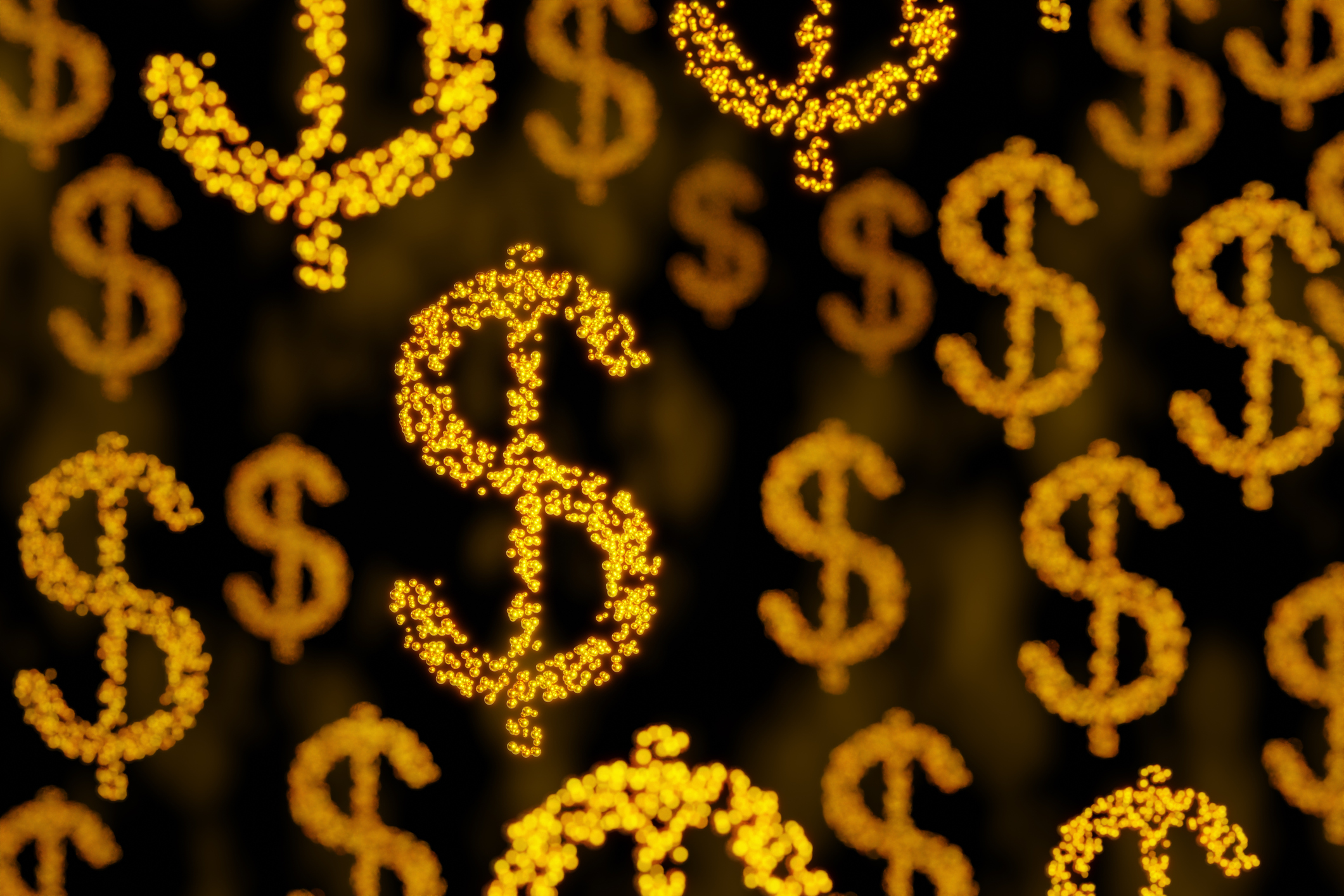 Why I Trust These Trillion-Dollar Stocks
Why I Trust These Trillion-Dollar StocksThe top-heavy nature of the S&P 500 should make any investor nervous, but there's still plenty to like in these trillion-dollar stocks.
-
 The Delayed September Jobs Report Is Out. Here's What It Means for the Fed
The Delayed September Jobs Report Is Out. Here's What It Means for the FedThe September jobs report came in much higher than expected, lowering expectations for a December rate cut.
-
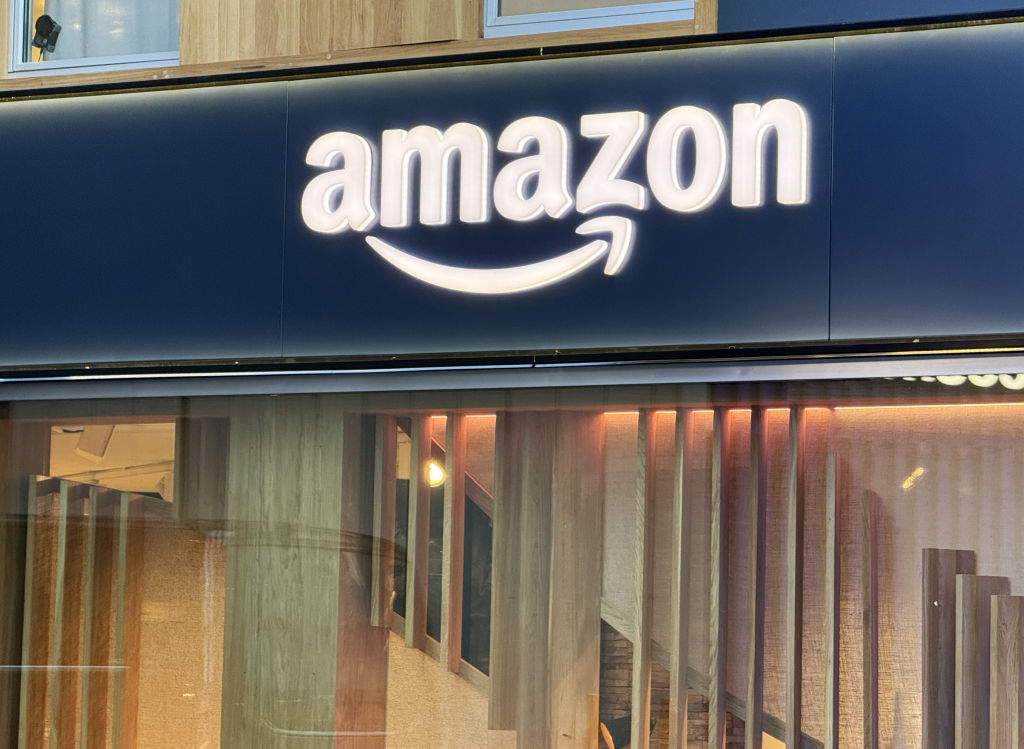 Stocks Close Out Strong Month With Solid Amazon Earnings: Stock Market Today
Stocks Close Out Strong Month With Solid Amazon Earnings: Stock Market TodayAmazon lifted its spending forecast as its artificial intelligence (AI) initiatives create "a massive opportunity."
-
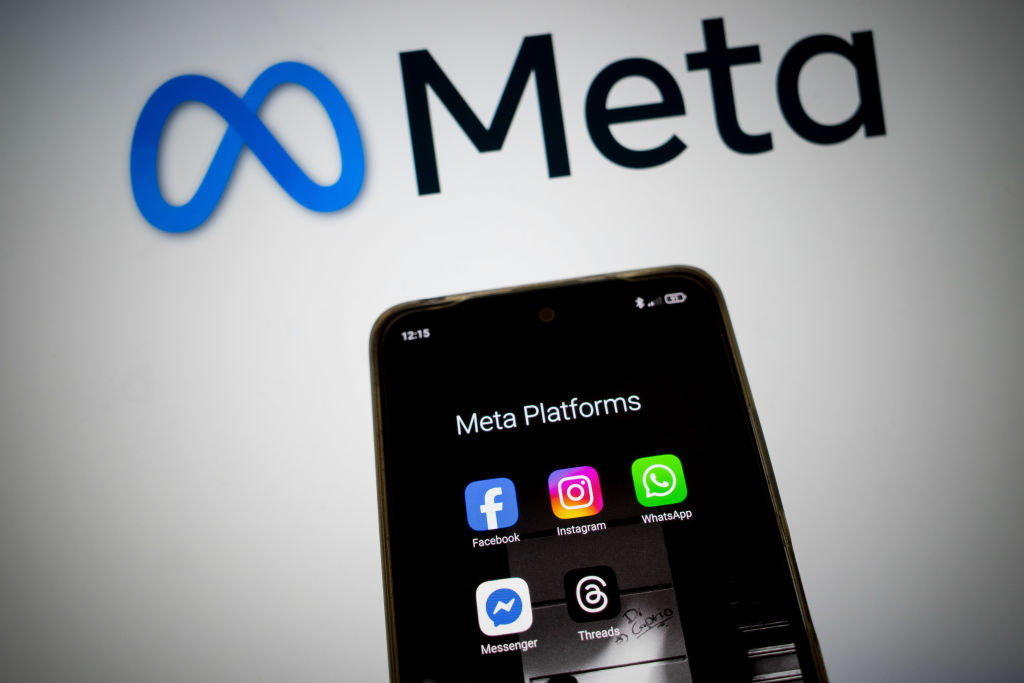 Stocks Sink with Meta, Microsoft: Stock Market Today
Stocks Sink with Meta, Microsoft: Stock Market TodayAlphabet was a bright light among the Magnificent 7 stocks today after the Google parent's quarterly revenue topped $100 billion for the first time.
-
 October Fed Meeting: Updates and Commentary
October Fed Meeting: Updates and CommentaryThe October Fed meeting is a key economic event, with Wall Street turned into what Fed Chair Powell & Co. did about interest rates.

